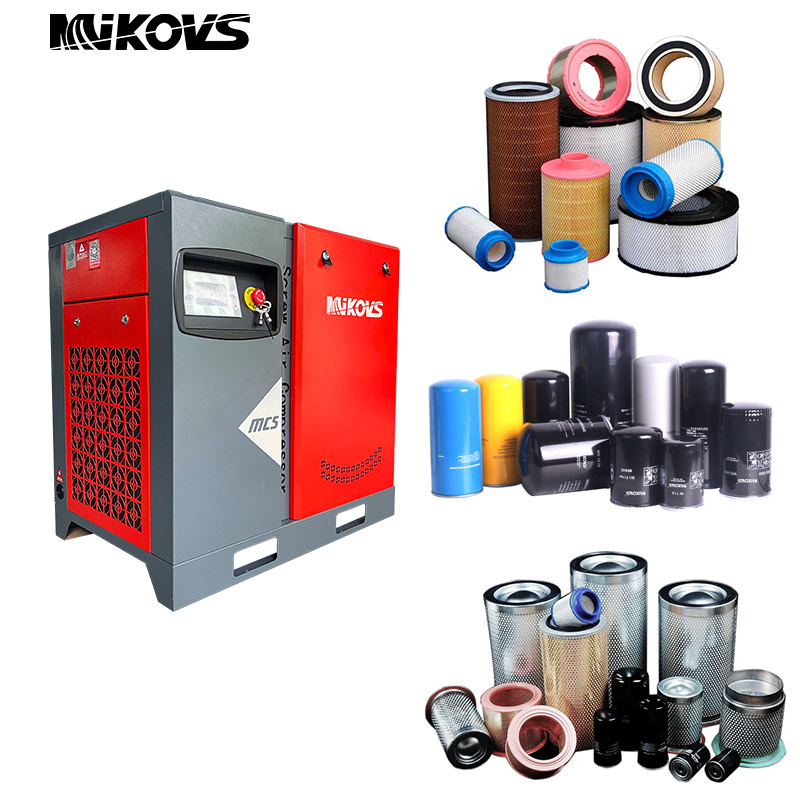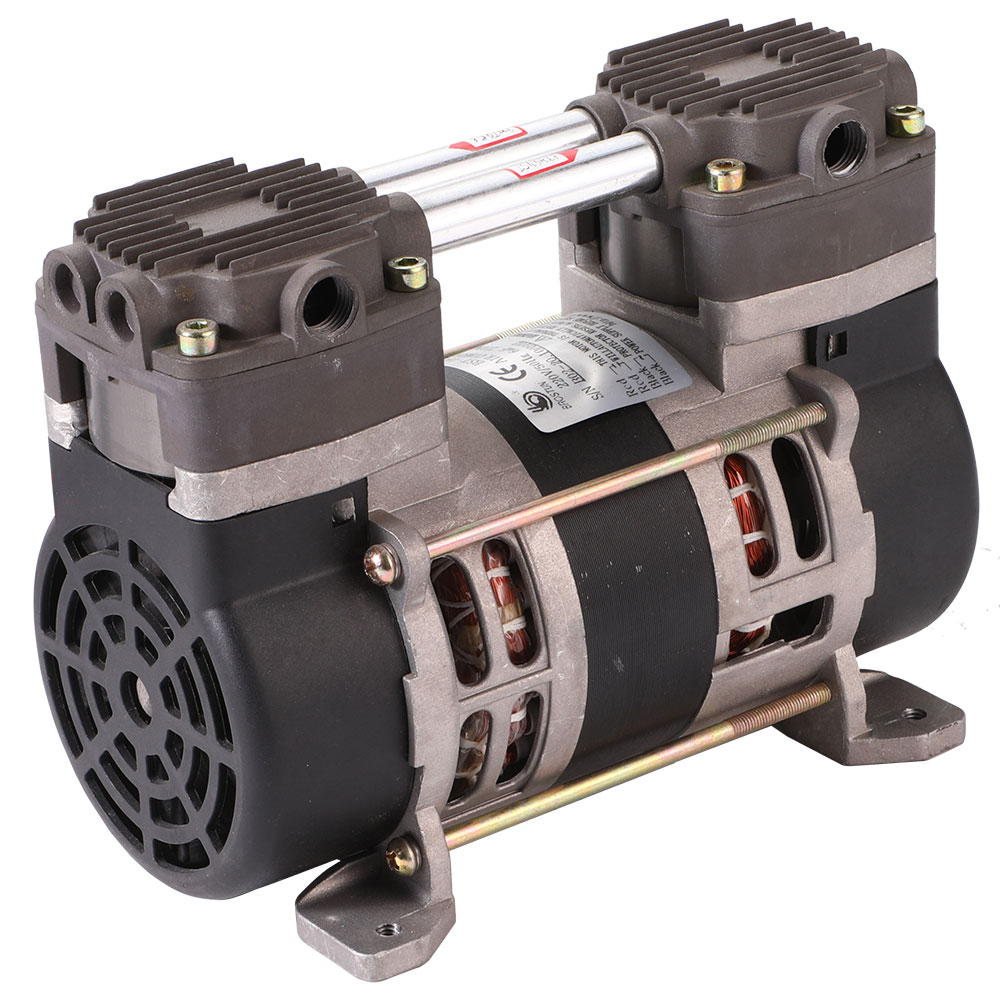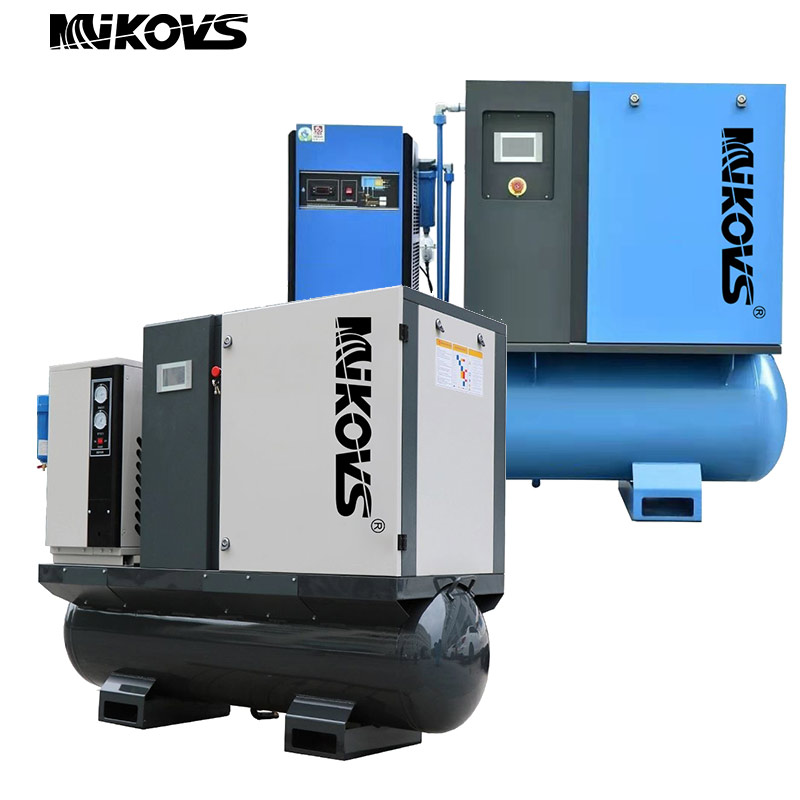From watches to steam turbines, gears of various sizes, large and small, are widely used in various products as mechanical parts for transmitting power. It is said that the market size of gears and gear components in the world has reached one trillion yuan, and it is predicted that it will continue to develop rapidly in the future along with the development of the industry.
Gear is a kind of spare parts that are widely used in life, whether it is aviation, freighter, automobile and so on. However, when the gear is designed and processed, the number of gears is required. Some people say that if it is lower than 17 teeth, it cannot be rotated. , do you know why?
So why 17? Instead of other numbers? As for 17, this starts with the processing method of the gear, as shown in the figure below, a widely used method is to use a hob to cut.
When manufacturing gears in this way, when the number of teeth is small, undercutting occurs, which affects the strength of the manufactured gears. What is undercutting means that the root has been cut. . . Note the red box in the picture:
So when can undercutting be avoided? The answer is this 17 (when the addendum height coefficient is 1 and the pressure angle is 20 degrees).
First of all, the reason why the gears can rotate is because a pair of good transmission relationship should be formed between the upper gear and the lower gear. Only when the connection between the two is in place, can its operation be a stable relationship. Taking involute gears as an example, two gears can only play their role if they mesh well. Specifically, they are divided into two types: spur gears and helical gears.
For a standard spur gear, the coefficient of the addendum height is 1, and the coefficient of the tooth heel height is 1.25, and its pressure angle should reach 20 degrees. When the gear is processed, if the tooth base and the tool are like two gears Same.
If the number of teeth of the embryo is less than a certain value, a part of the root of the tooth root will be dug out, which is called undercutting. If the undercutting is small, it will affect the strength and stability of the gear. The 17 mentioned here are for gears. If we don’t talk about the working efficiency of the gears, it will work no matter how many teeth there are.
In addition, 17 is a prime number, that is to say, the number of overlaps between a certain tooth of a gear and other gears is the least at a certain number of turns, and it will not stay at this point for a long time when the force is applied. Gears are precision instruments. Although there will be errors on each gear, the probability of wheel shaft wear at 17 is too high, so if it is 17, it will be fine for a short period of time, but it will not work for a long time.
But here comes the problem! There are still many gears with less than 17 teeth on the market, but they still turn well, there are pictures and the truth!
Some netizens pointed out that, in fact, if you change the processing method, it is possible to manufacture standard involute gears with less than 17 teeth. Of course, such a gear is also easy to get stuck (due to gear interference, I can’t find the picture, please make up your mind), so it really can’t turn. There are also many corresponding solutions, and the shifting gear is the most commonly used one (in layman’s terms, it is to move the tool away when cutting), and there are also helical gears, cycloidal gears, etc. Then there is the pancycloid gear.
Another netizen’s point of view: Everyone seems to believe in books too much. I don’t know how many people have thoroughly studied gears at work. In the lesson of mechanical principles, there is no root cause for involute spur gears with more than 17 teeth. The derivation of cutting is based on the fact that the top fillet R of the rake face of the rack tool for processing gears is 0, but in fact, how can tools in industrial production have no R angle? (Without R angle tool heat treatment, the sharp part stress concentration is easy to crack, and it is easy to wear or crack during use) and even if the tool does not have R angle undercut, the maximum number of teeth may not be 17 teeth, so 17 teeth is used as the undercut condition. In fact, it is open to debate! Let’s take a look at the above pictures.
It can be seen from the figure that when the gear is machined with a tool with a R angle of 0 at the top of the rake face, the transition curve from the 15th tooth to the 18th tooth does not change significantly, so why is it said that the 17th tooth starts with an involute straight tooth? What about the number of teeth that undercut?
This picture must have been drawn by students majoring in mechanical engineering with Fan Chengyi. You can see the influence of the R angle of the tool on the undercut of the gear.
The equidistant curve of the purple extended epicycloid in the root part of the above picture is the tooth profile after root cutting. How far will the root part of a gear be undercut to affect its use? This is determined by the relative movement of the tooth top of the other gear and the strength reserve of the tooth root of the gear. If the tooth top of the mating gear does not mesh with the undercut part, the two gears can rotate normally, (Note: Undercut Part of it is a non-involute tooth profile, and the meshing of an involute tooth profile and a non-involute tooth profile is usually not conjugated in the case of a non-specific design, that is, to interfere).
From this picture, it can be seen that the meshing line of the two gears has just wiped the maximum diameter circle opposite to the transition curve of the two gears (Note: the purple part is the involute tooth profile, the yellow part is the undercut part, the meshing line It is impossible to enter below the base circle, because there is no involute below the base circle, and the meshing points of the two gears at any position are all on this line), that is, the two gears can just mesh normally, of course this It is not allowed in engineering, the length of meshing line is 142.2, this value/base section=coincidence degree.
From this picture, it can be seen that the meshing line of the two gears has just wiped the maximum diameter circle opposite to the transition curve of the two gears (Note: the purple part is the involute tooth profile, the yellow part is the undercut part, the meshing line It is impossible to enter below the base circle, because there is no involute below the base circle, and the meshing points of the two gears at any position are all on this line), that is, the two gears can just mesh normally, of course this It is not allowed in engineering, the length of meshing line is 142.2, this value/base section=coincidence degree.
Others said: First of all, the setting of this question is wrong. Gears with less than 17 teeth will not affect the use (the description of this point in the first answer is wrong, and the three conditions for the correct meshing of gears have nothing to do with the number of teeth), but 17 teeth in a certain In some specific cases, it will be inconvenient to process, here is more to supplement some knowledge about gears.
Let me talk about the involute first, the involute is the most widely used type of gear tooth profile. So why an involute? What is the difference between this line and straight line and arc? As shown in the figure below, it is an involute (here there is only half a tooth involute)
To put it in one word, the involute is to assume a straight line and a fixed point on it, when the straight line rolls along a circle, the trajectory of the fixed point. Its benefits are obvious when two involutes mesh with each other, as shown in the figure below.
When the two wheels rotate, the acting direction of the force at the contact point (such as M , M’ ) is always on the same straight line, and this straight line is kept perpendicular to the two involute-shaped contact surfaces (tangent planes). Due to the verticality, they There will be no “slip” and “friction” between them, which objectively reduces the friction force of the gear mesh, which can not only improve the efficiency, but also prolong the life of the gear.
Of course, as the most widely used form of tooth profile – involute, it is not our only choice.
Besides “undercutting”, as engineers, we not only need to consider whether it is feasible at the theoretical level and whether the effect is good, but more importantly, we must find a way to make the theoretical things come out, which involves material selection, manufacturing, precision, testing, etc. And so on.
The commonly used processing methods for gears are generally divided into forming method and fan forming method. The forming method is to directly cut out the tooth shape by manufacturing a tool corresponding to the shape of the gap between the teeth. This generally includes milling cutters, butterfly grinding wheels, etc.; Fan Cheng method compares Complicated, you can understand that two gears are meshing, one of which is very hard (knife), and the other is still in a rough state. The meshing process is gradually moving from a long distance to a normal meshing state. In this process New gears are produced by medium cutting. If you are interested, you can find the “Principles of Mechanics” to learn in detail.
Fancheng method is widely used, but when the number of gear teeth is small, the intersection point of the addendum line of the tool and the meshing line will exceed the meshing limit point of the cut gear, and the root of the gear to be processed will be over Cutting, because the undercut part exceeds the meshing limit point, it does not affect the normal meshing of the gears, but the disadvantage is that it weakens the strength of the teeth. When such gears are used in heavy-duty occasions such as gearboxes, It is easy to break the gear teeth. The picture shows the model of the 2-die 8-tooth gear after normal processing (with undercut).
And 17 is the limit number of teeth calculated under the gear standard of our country. The gear with the number of teeth less than 17 will appear “undercutting phenomenon” when it is normally processed by Fancheng method. At this time, the processing method must be adjusted, such as displacement, as shown in the figure 2-die 8-tooth gear machined for indexing (small undercut).
Of course, many of the contents described here are not comprehensive. There are many more interesting parts in the machine, and there are more problems in manufacturing these parts in engineering. Interested readers may wish to pay more attention.
Conclusion: The 17 teeth come from the processing method, and it also depends on the processing method. If the processing method of the gear is replaced or improved, such as forming method and displacement processing (here specifically refers to the spur gear), the undercut phenomenon will not occur, and the There is no problem with the limit number of 17 teeth.



_01-53.jpg)
